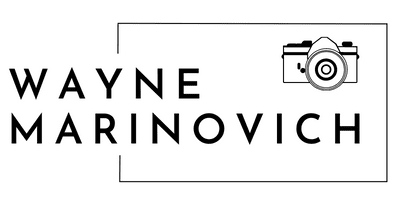20 Photography Myths you’ll encounter on your journey
Myths occur throughout our lives, whether they are historic or affecting us now. They are stories that people use to guide or shape their world into definable categories, and this includes photography past, present and future. There are many more photography myths that I could have listed here, but decided to keep them targeted toward people who are in an early stage of their journey.
1. All I need to be a good photographer is talent
“Thousands of people have talent. I might as well congratulate you for having eyes in your head, the one and only thing that counts is, do you have staying power”
– Noel Coward.
Nowadays, the T-word is used as often as the word great and implies that unless you are born with it, you will never be an artist or sportsman of any renown or standing. This is, of course, nonsense. Stickability has always outweighed ability and always will.
All you need to be a good photographer is curiosity, passion and the willingness to fail. I’ve always believed you cannot be taught photography, but you can be taught how to learn it. That is what I do in my workshops and mentoring. I want to teach you how to learn.
The ability to study the extensive collections of work from the masters who have gone before and relate them to your journey is a wonderful way to learn. A vast majority of good photographers whom I know are self-taught. You, too, can learn to be self-taught.
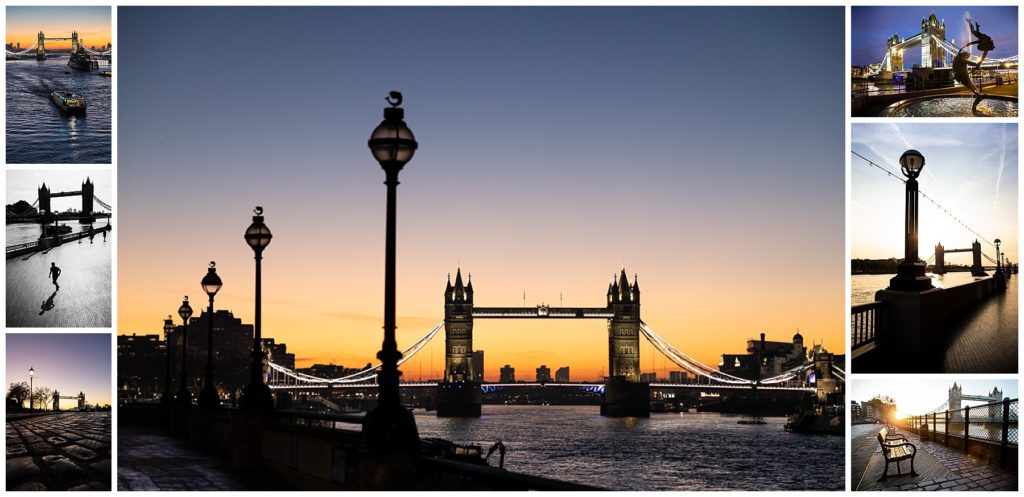
2. I’ll take better photos if only I had a better camera
One of the most prevalent photography myths, much along the lines of all you need to bake a tastier cake, is a better oven. If you’re starting out and are not sure about which genre you want to shoot in, then a good all-purpose camera is perfect. Remember, the camera is just a box that records the light. Sure, when you read the camera specification, it looks impressive with all the latest tech, but do you need all that development to take a better photograph? No.
As you track along your photographic journey, you may need some specialist lenses to do your job, but those only assist you and don’t make you a better photographer. As a long-time wildlife photographer, I can assure you there are many people out in the wilds with expensive 600mm lenses who cannot take a good photo. They get lucky here and there, but the definition of a good photographer is one who gets the shot consistently, not with the occasional bit of luck. To take better photos you have to see them before you even lift the camera. That is the crucial skill, not the lump of metal and glass in your hands.
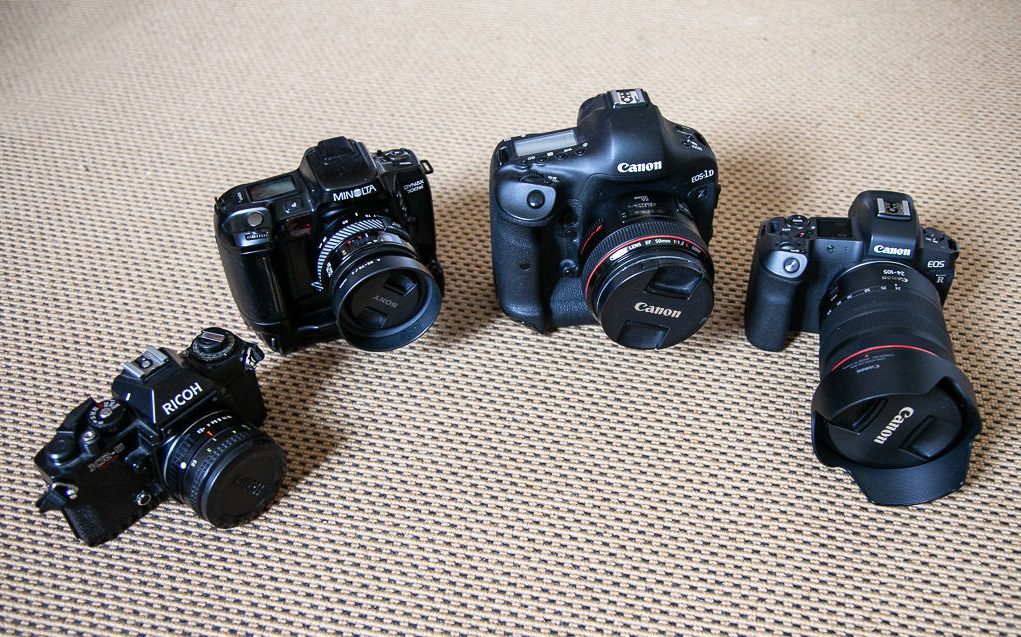
3. Professional photographers are better than amateur photographers.
Not true. I know many amateurs who have been photographers for more than twenty-five years and are both more skilled and creative than newbie professionals who’ve been in business for four to five years.
Amateur vs Professional has nothing to do with skill and everything to do with deciding to turn a hobby into a career. Sure, you need to be able to take good photographs consistently to justify your client’s decision or to convince future clients to hand over their hard-earned cash for your services. Don’t for one minute think that an amateur couldn’t sell their photos for money and do so consistently.
In my career, I’ve noticed that professionals simply have more of a need to follow their passions on a full-time basis and so need to monetise photography to pay the bills. Amateurs don’t have that drive to leave the safety of their day job and make the leap to follow their dreams (again, nothing to do with skill)
4. You’re not a proper photographer unless you only shoot in manual mode
“You have to shoot…” is one of the terms I read or hear that gets my back up the most. You have to shoot manual, in black and white, with a Leica (insert camera brand name here), are some of the mantras you’ll hear from armchair purists who do so to validate their own photography choices. If you take photographs that you love, that others love and are willing to pay money for, who gives a hair baboon’s bottom what technique you use as a photographer. Find your method and shoot the way you love.
And, here comes the but. Don’t get stuck in a rut either, because to grow on your journey, you need to experiment with styles and methods. You must learn to shoot in manual just don’t believe other photographers that it’s the holy grail you must master to be a professional. Don’t blindly believe what I am telling you in this article, either. Read, photograph, try, then fail. Come up with your own photographic world where you use the visual language to describe what you see.
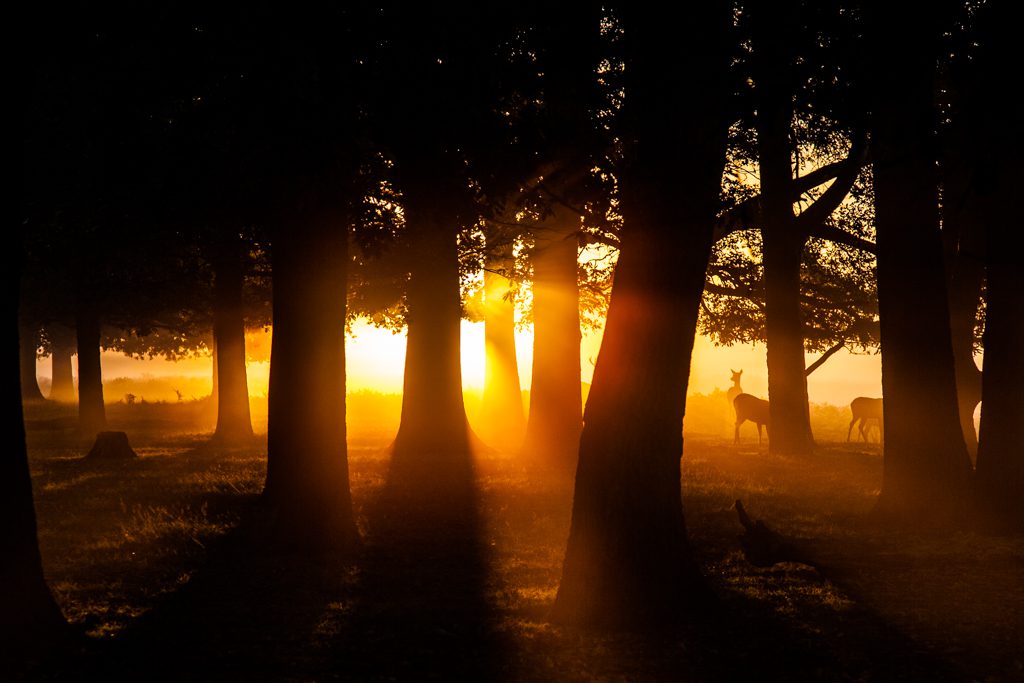
5. Photography is all about knowing your camera
Your photography equipment will be key in many situations. Whether you need faster lenses (lower f-stops) to let in more light or more frames per second to take your photograph – it is nice to have these, but they’re of minor importance. Seeing the photo without your camera is a far more important skill.
Equipment doesn’t matter as much as how you see the world or, more importantly, how you can translate the world in front to you to record it via a camera. The visual language and your ability to capture it with growing creativity are more important than knowing everything about camera equipment.
I looked at my camera menus a while back and believe I use about thirty per cent of the functionality on offer in my work nowadays. Maybe, another ten per cent will get used on the odd project. That is forty per cent of what my top-end camera offers gets used by me on a daily basis.
I know what the other functionality does because I am a geek and “need” to know, but I doubt I’ll ever use the other sixty per cent. Start with being creative and then challenge yourself to find how your camera can help you. It’s just a tool in the end. Don’t start with the belief that you must know and shoot with everything that it has to offer because you paid money for it. Your growth must come from your passion for a genre. Focus on that. Trying to know and use all the functionality and define your journey that way will only make you an average generalist. Be good in your genre, not average across many.
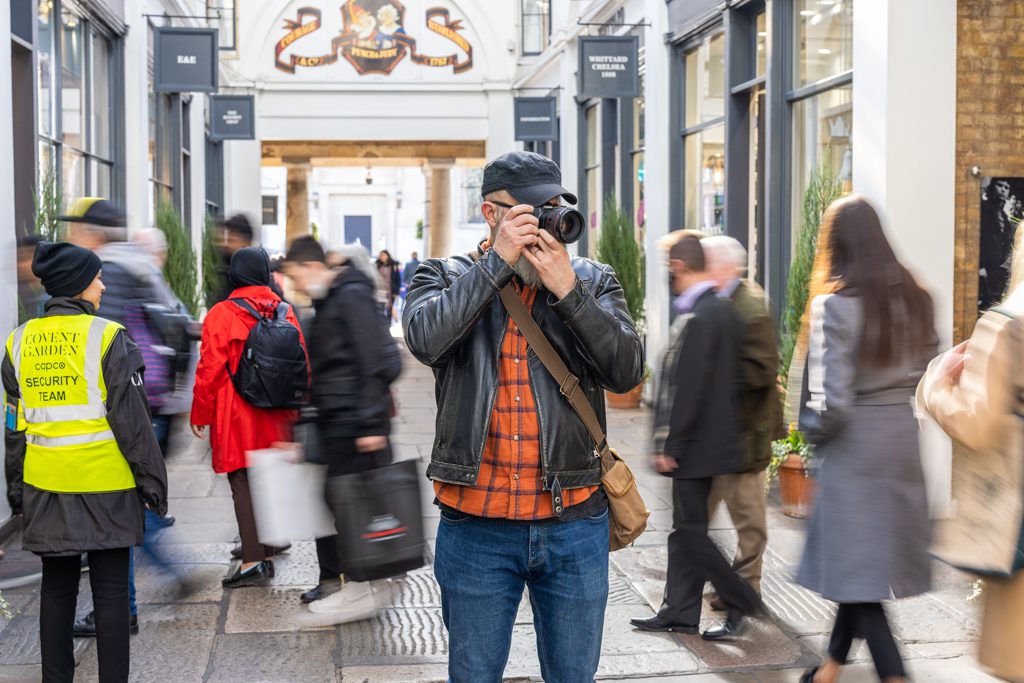
Credit: Anneli Marinovich Photography
6. Being a full-time is easy (glamourous)
I sincerely hope that as a photographer, you dream of doing it full time. I wish that for all photographers out there. That goes for all you wish for yourself across any area of your life.
Wishing yourself to be full-time and self-employed as a photographer is a wonderful but often naïve wish. It is not as glamorous as you may think. Not even close to being glamourous. It’s hard work with no safety net. Not only do you have the pressure of putting food on the table and sending your kids to school, but you have the added pressure of whether your creativity can withstand the scrutiny of clients.
I cannot tell you how tough it is to constantly be shooting for clients and not being able to photograph for yourself on a whim. Creative projects start to give way to paying gigs and may never surface again. You’ll promise yourself to take a few days a month for your own work, then have those images sit on your laptop forever. But, if you’re lucky enough to get paid to shoot in the way you love taking photos, you are one of the few lucky ones.
Across all the genres, it requires long hours of preparation and shooting, but mostly it’s sales, admin and marketing that allow you to do this full time. You have to be at your best every single shoot because there is no such thing as a guaranteed income, but that goes for all self-employed people. The buck does stop with you and not your boss.
7. Shoot as many photos as you can, and you’ll get some good shit
Ah. The old spray-and-pray myth. There are cases where you have to set the camera to machine-gun mode and pray that you get a single pin-sharp image. In the old days of manual film cameras (nothing on my cameras was automatic), shooting and hoping (and trusting your skill) was the case on many occasions, especially with bird flight and running cheetahs. That changed with modern digital cameras
If you’re on a challenging shoot and are simply shooting a lot in the hope that there’s a great photograph in there, you’re fooling yourself because you also could miss every single one. Slow down and get a single photo that works. Then take another single one. Your odds are higher of getting better creative photographs that way too.
If you are spraying and praying, it points to some lack of skill or vision with the way you work. Be honest with yourself and work out why you are shooting that way. Upskill and learn more if need be. Recreate that situation when you are not on the client’s dollar, and get better at whatever is causing you to doubt getting that shot every time.
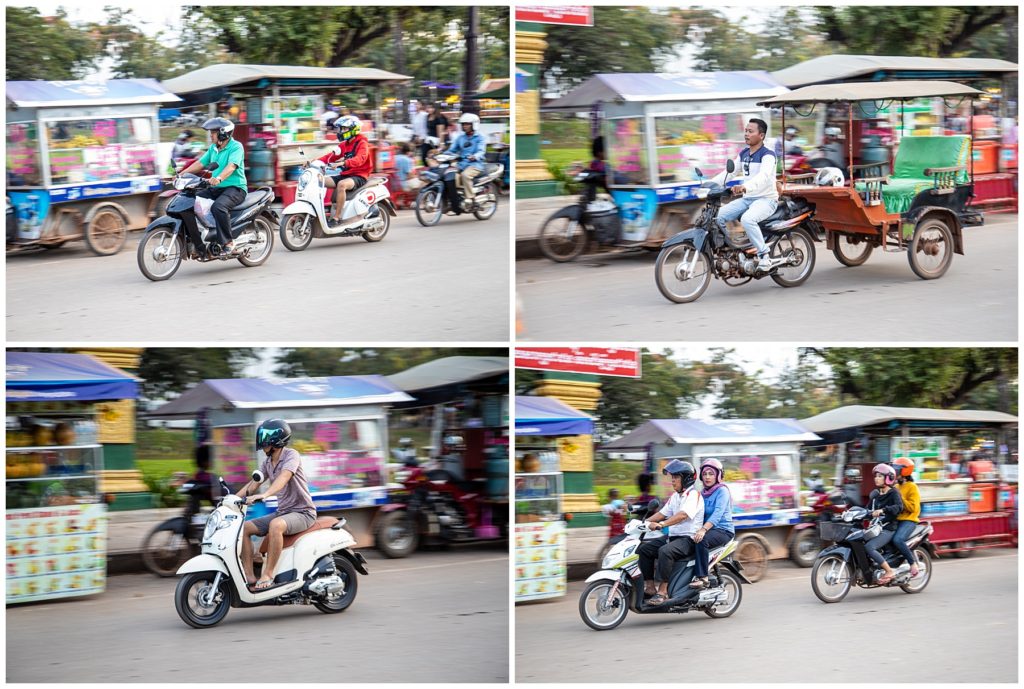
8. Never shoot into the sun.
Since way back in the old days of film and Instamatic cameras, you heard the cry out in all those family portraits that you had to shoot with your sun at the back. Yes, front-lit is lovely in the right golden hour light but having all your subjects squinting or wearing sunglasses is not always conducive to good photography.
I can always judge a photographer’s skill by their exposure when they shoot into the sun. The golden haloes, or silhouettes that hint at shapes rather than detail, are more creative in your portfolio than purely front-lit images. Diversification is key – learn to shoot in both.

9. You’ll need a massive portfolio
In the beginning, this may seem like the only way to show the credibility of your craft. When you start out, the pressure will be immense because of the latest obsession of “generating content” to beat the social media algorithms.
Only share your best work. It’s that simple. Suppose you have doubts but need to share something because your social media strategy says so. Resist sharing garbage and go out and shoot fresh work. If it’s not your best work, don’t share it. Keep your portfolio small but of extremely high quality. It will expand naturally as you grow. Rather have twenty images that hold the viewer’s attention than one-hundred where they emotionlessly scroll past them, thinking about something else.
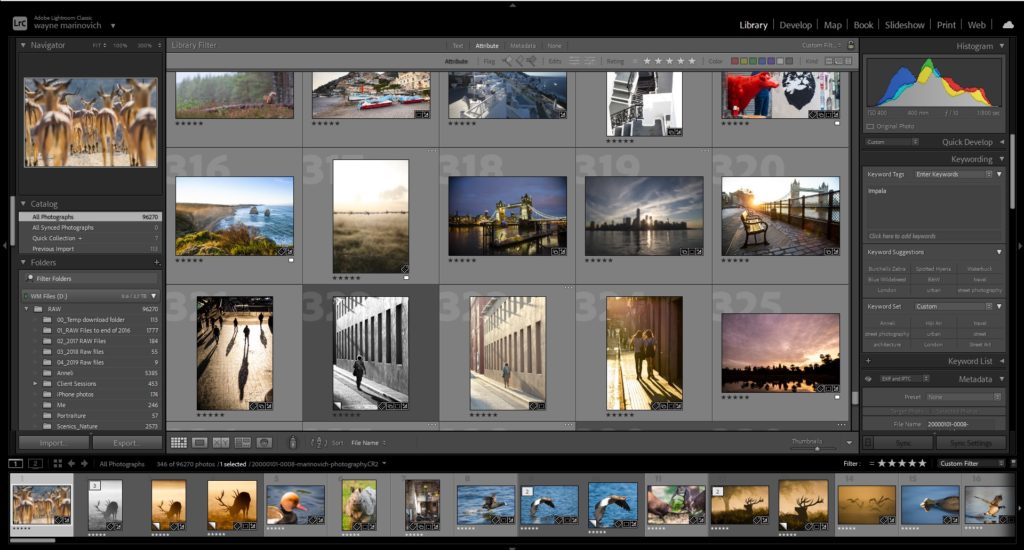
10. Avoid shooting in bad light
There is no such thing as bad light! It just may be wrong for what you want to shoot at that time. If it’s really dark, use artificial light or postpone your shoot if it’s not working for one of your projects. If it’s misty instead of sunny, change your mindset and go for moody shots, as opposed to those Golden Hour shots. A good photographer will adapt despite it being off-brand or style.
Get a better understanding of what light is by reading my article – Photography is Light
11. Don’t put your subject in the middle (always the rule of thirds)
The rule of thirds is one of the most touted rules (or guidelines) of photography. It is one of the compositional tools you can use to create a pleasing and interesting off-balance scene. Getting to grips with the different guidelines is part of growing your photography. Learn them and play with them as your shoot, but remember they’re just guidelines (parameters) that you should use as a starting point.
Over time you’ll understand them enough to focus on them and still create pleasing photos that draw the viewer in. Placing your subject in the middle can often work if there is a sense of symmetry around them.
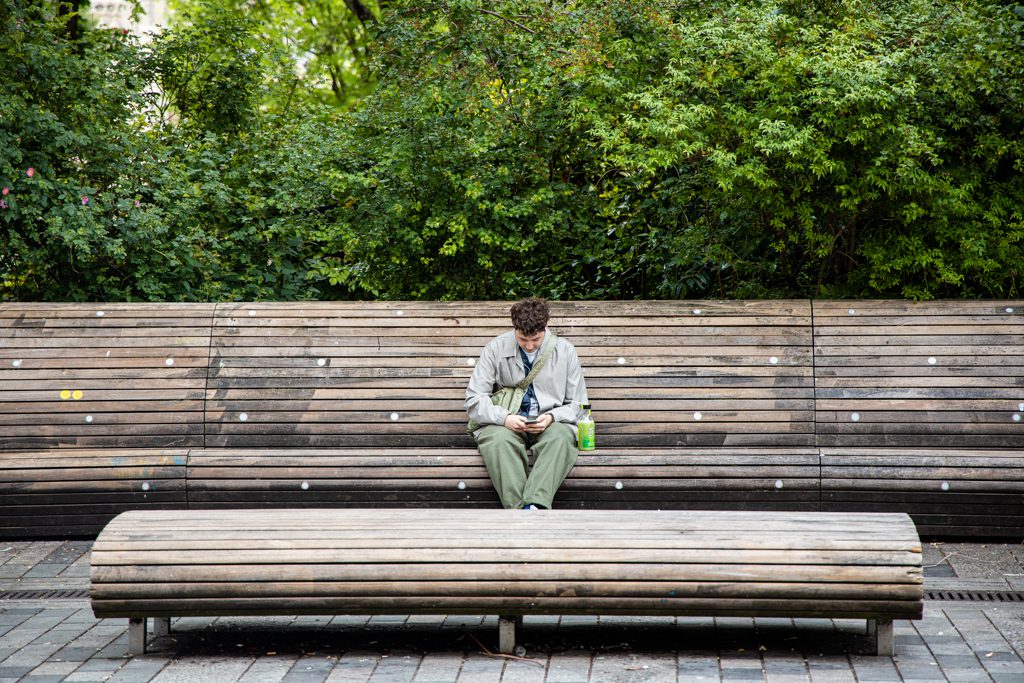
12. You must shoot with a tripod
Camera shake that causes blurred images is a problem in low light or if you manually set your exposure triangle. It’s easy to not get your shutter speed right if the subject is moving, especially if the background light changes as they move.
People will tell you that the best way to eliminate camera shake is to always use a tripod. Technically this is true of so many scenarios in landscape, travel and low-light photography. However, you can still get great photos whilst handholding. It all depends on your genre or what you are shooting.
Modern equipment, with its stabilisation technology in the lens and camera, allows you to handhold in much darker scenarios than five years ago. In saying that, you need to have impeccable camera holding technique, which takes practice.
13. I need to bring all my lenses with me
Too many lenses mean too many decisions that can lead to carrying even more. It results in changing lenses too often, which is a distraction. As you progress on your journey, you’ll learn to use less, by simply moving yourself around more.
When you’re in a creating groove, and the shots are flowing, it’s better to stay in the moment and keep working the scene. Get the best out of the lens you have on the camera at that time. Any time you stop to change lenses, memory cards or check the settings on the back of your camera, you pull yourself out of that zone.
Trust your skill to use as few lenses as possible. On a side note, if you can’t get the shot because you don’t have the right focal length with you, move on to the next image. We all leave shots out there over time, so don’t let that consume you.
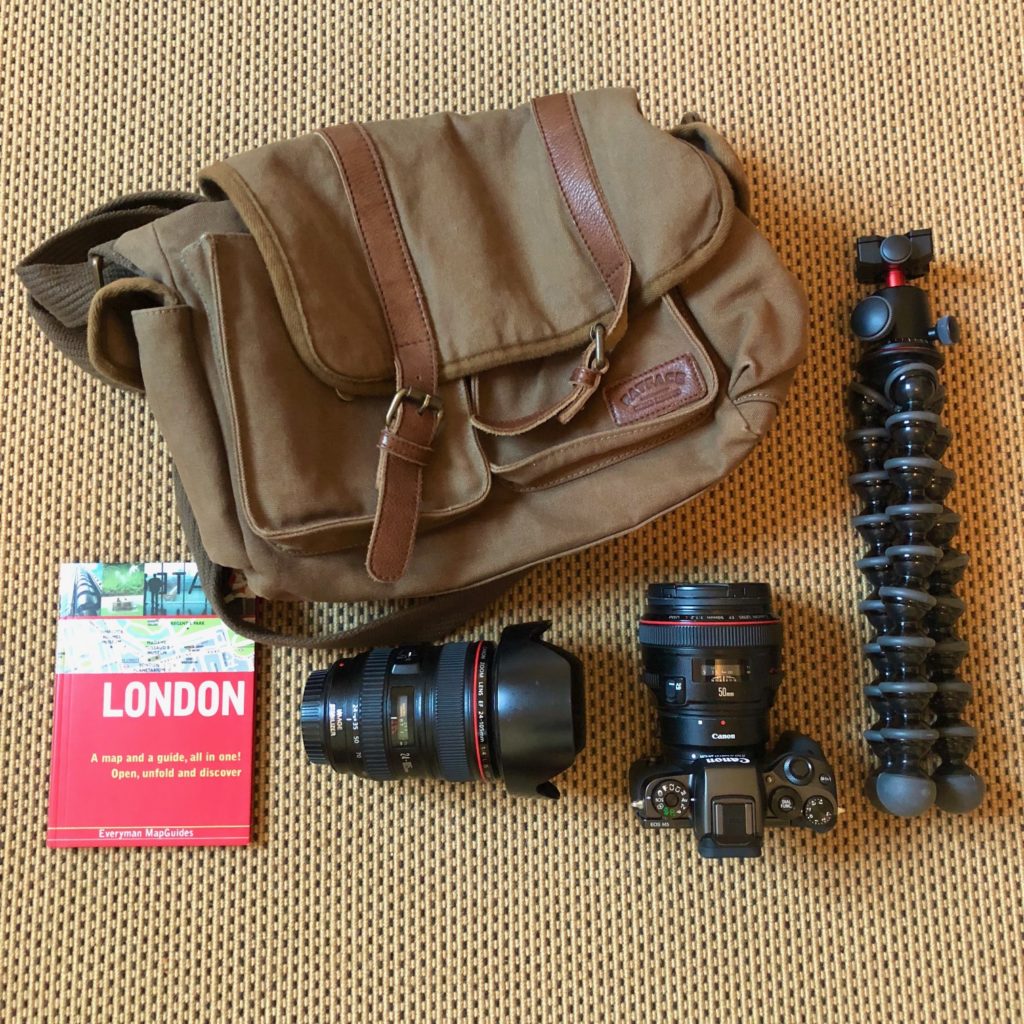
My usual kit for a day out doing urban work
14. Beautiful photos can only be shot in beautiful locations (you need to be in an exotic location all the time)
Social media feeds are filled with fake shoots at exotic locations staged to show off the “influencer” to prospective clients. As a photographer, it goes without saying that travelling around the planet will have a remarkable impact on your portfolio. Don’t get in the habit of only shooting when you get to a beautiful location, though.
There will be many places of beauty nearer to home. It just may not be perceived as “cool and trendy” to shoot there. I have a couple of local parks that I visit when the weather is cold and misty. Beauty is all around you, and it is your job as a photographer to seek it out. Work scenes in places where others won’t photograph – there you’ll find special moments.
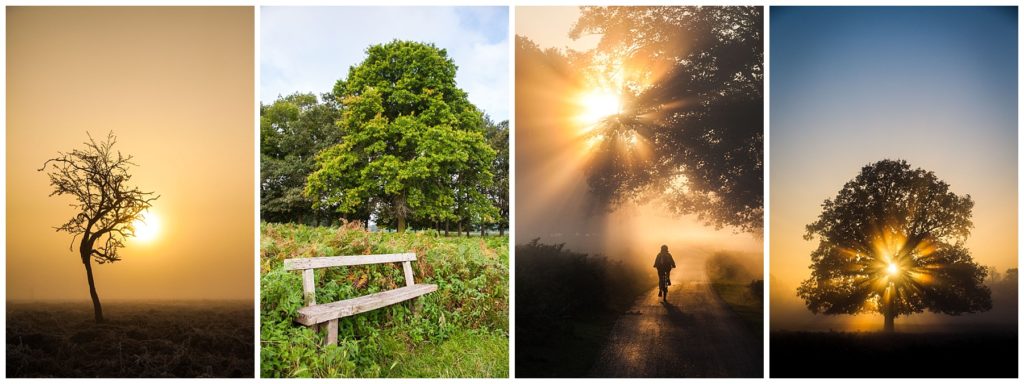
Bushy Park, London. This was my local patch for 10 years whilst living in London
15. Great photography requires expensive gear
As I said in an earlier myth, it’s not the equipment but how much you get out of it. If you believe that you need better equipment to be better, it will hold you back until you spend more money. If you don’t think that the price of the equipment matters, you will continue shooting regardless and realise your true potential.
Study the masters of old and look at the small, inexpensive cameras they used to continually make great art. It’s not the gear in your hands but the gears between your ears that matter.
16. I’m too old to learn how to use a digital camera
A photography myth I hear all too often. Age is irrelevant in photography because creativity is ageless. There is so much older photography equipment available on the second-hand market to use. Don’t buy the latest gizmos and find yourself petrified to pick them up. Get your hands on an older digital camera from the early 2000s that are more simple to use.
Digital cameras work on the same photographic principles of capturing images. It’s the recording and processing of the image that is different. You still have to process a negative (RAW files) and develop (edit) the photo as we did in the film-only days.
Why not have a look at my Basis of Digital Photography Course
17. Film is better than digital because my client says it is.
I shot film for a living for twenty-plus years and loved doing it back then. If you’re studying for a photographic degree or diploma, get your hands on a working camera, get some film and get out there and learn. It’s a fantastic way to learn to wrestle with the fundamentals of exposure.
Film is no better or worse, it’s just an older technology. If it’s a hobby you’re after, by all means get involved and make it happen. It will teach you patience and technique because many won’t have all the automatic functions digital cameras do. You’ll have to spend time thinking about each photo on the roll. People often think the terms film and prints are the same things. Many clients ask if I shoot film. When I ask why it’s of importance to them, they say they want the authenticity of prints and not a digital file. The same digital file that I can make real prints from.
If you are going to have a career in film photography nowadays, understand that you will leave money on the table with each release of the shutter. Even if you convert your bathroom into a darkroom, the developing costs outweigh digital images per photo by so much that it is an ever-declining business model. Yes, you may say that the client is paying, but that is still profit being wasted. This photography myth is driven by romantic ideas and misplaced nostalgia, and nothing wrong with that. A brilliant hobby but wasteful business model (time + money) as technology gets cheaper with larger sensors.
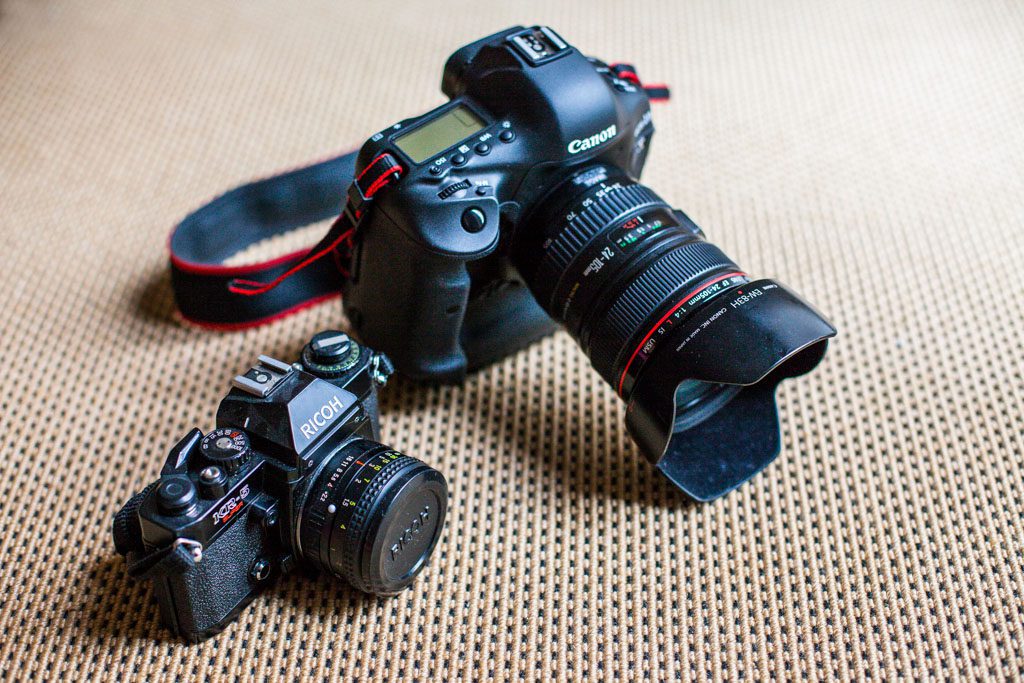
18. Social media is the only platform portfolio you need
Big tech has successfully brainwashed so many people into believing that a grid or portfolio on their favourite social media platform is all they will ever need.
I don’t have any problems with you sharing your best work on social media because it works well as a showcase of your talents and abilities. It’s convenient to direct prospective clients to a curated portfolio on the fly. And that’s where the problem thinking starts because…it’s not your portfolio. You own the copyright to your photos, but you don’t own your work on the social media platform (grid) you post on. It’s not your work on their platform (check the T’s and C’s).
It’s a platform that big companies use to harvest data and information from you to sell to their clients and advertisers. The other significant risk is that social media platforms can disappear at very short notice. One day all your photos and contacts could simply be gone. Don’t think so? Do some research into Friends Reunited, Myspace, Google+ and others.
If photography is a hobby, that probably won’t concern you, but if it’s your career, you must have your own photography platform – a website. And I’m not talking about a template site on someone else’s website like Wix, Shopify, Squarespace, etc. I am talking about your own website on a WordPress site at the minimum. This will be your domain (hub). You own it and control it.
19. Professional photographers know everything there is to know about photography.
Only a very arrogant professional photographer would think this, or even say it out loud. Most of us on this journey realise that it’s a lifelong quest to learn and grow. If you think you’re the best in your area, switch genres for a while and see how much you still have to learn about photography.
The masters of photography knew this. It’s why I study their vast collections of work that exist in books, websites, and via documentaries on Youtube.
Professionals tend to have narrower areas of extreme focus, whether that’s driven by choice or client base. Amateurs tend to have a broader experience because they can shoot what they like at any point – there is no pressure there. In the end, we are all just photographers chasing light.
20. The camera never lies
Simply not the case. It is merely a 2D box that records the lit-up scene using the settings you input into the camera. Even then, it will look different depending on the metering. This is how the camera calculates how much light the scene has in front of the lens. Even then, it’s not as fantastic as our eyes. It struggles to balance shadows against well-lit areas and so will try to average out the light across the entire scene. You then have to change the exposure triangle to take control. Ever wondered why when you take a photograph in the snow, it tends to come out blue. The sheer volume of white convinces the meter that the scene is extremely bright, and it needs to lower the exposure. Your eyes can compensate for all of that, the camera just lies about the scene because its calculations are limited.
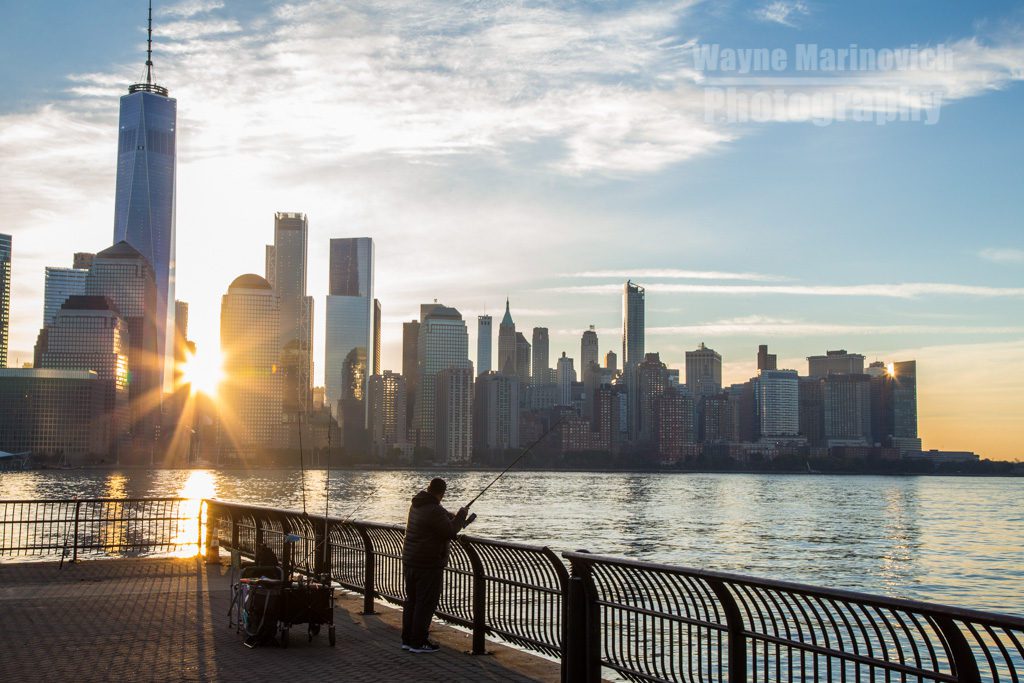
Conclusion
These are some of the photography myths you’ll hear about on your journey. We’ve all been guilty of spreading or participating in one or two along our specific journeys. It’s what makes this pastime so wonderful – a constant journey of learning. Don’t fall the greatest myth of them all – that you know it all. You don’t.
21. BONUS MYTH BUSTED
You’re not a proper photographer unless you are out there every day, tripping that shutter release button. You’re not a proper photographer unless you are out there shooting hundreds of photos every day.
This is just false. Your work, your growth, and your journey are what make you a photographer. As long as you are getting better by learning from your mistakes and being inspired by others, you’re a photographer. I’ve done this for a long time, and I still learn. I study the masters and challenge myself to see what they saw when they took a photo. Sometimes I will shoot a few days in a row, and occasionally I go a week or two without lifting a camera. Always have it with you but don’t succumb to all the nonsense pressure to keep shooting. Note: if photography is your full-time job, you will definitely need to be out selling yourself a lot more than you shoot anyway.
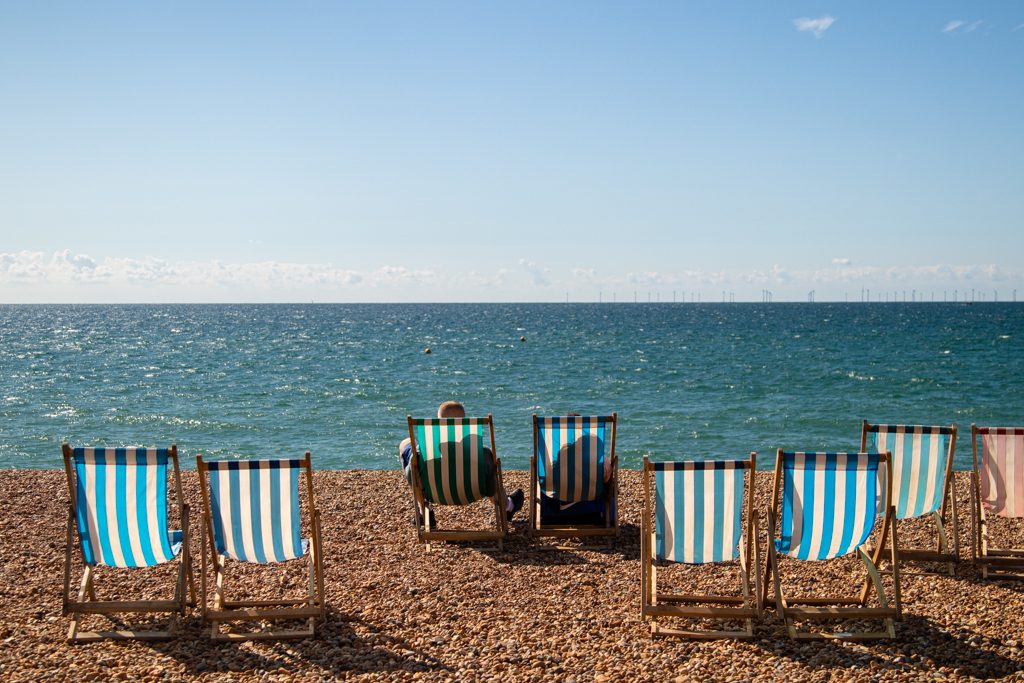
Get 2 FREE ebooks when you sign up for my newsletter.
